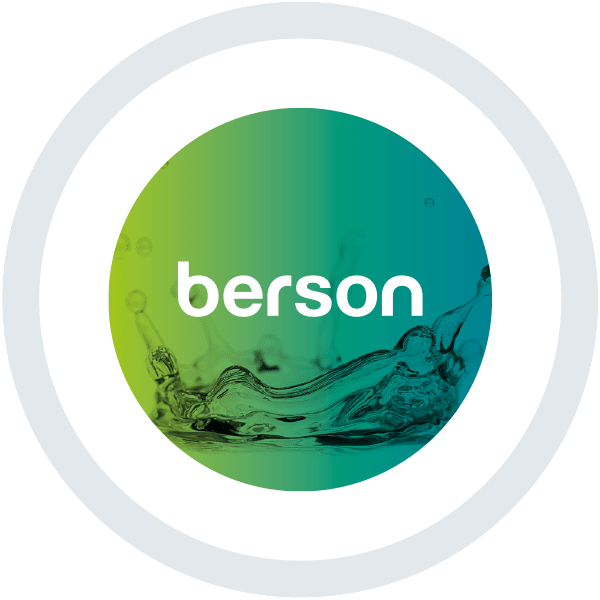Measuring Wastewater Effluent Quality
Wastewater comprises of a mix of solids, dissolved matter, particulates, microorganisms, nutrients, heavy metals and micro-pollutants. This complex mix undergoes treatment at wastewater treatment facilities before it is released into the environment as wastewater effluent. Per federal guidelines laid out in the Clean Water Act, state and county water divisions set the physical, chemical and biological limitations on components of this wastewater discharge. Since the effluents can either be released into the environment or reclaimed for other purposes (potable or non-potable), certain parameters are used to test the quality of the wastewater effluent.
Total Suspended Solids (TSS)
Wastewater particles that are larger than 2 microns in size are categorized under TSS. It is the most widely used method to determine water quality. TSS is the measurement of the total quantity of solid material per volume of water (in milligrams of solids per liter of water (mg/L)) and is determined by weighing the heat dried residue of a filtered water sample.
However, TSS measurement has a few drawbacks. Particles that are water soluble or that are smaller than 2 microns easily escape detection in this method. Also, the mechanism for measuring TSS is time consuming, requires precision and is prone to human error.
Turbidity
Water turbidity is determined by measuring the scattering of visible light as it passes through a water column, where more particles result in more scattering of light. Using the Nephelometric method, scattered light is measured by a photodetector placed at a 90-degree angle from the illumination source. Turbidity is reported via the Nephelometric Turbidity Unit (NTU).

Turbidity measures water quality by an indirect estimation of TSS in water. Since no absolute quantities are measured, it is mostly used as a comparative test of water quality against a reference sample.
Besides suspended solids, water clarity is also impacted by dissolved colored material (such as dyes and discoloration caused by decaying organic matter). These colored materials are not detected in turbidity measurements and may falsely lower the turbidity reading by absorbing instead of scattering light. Further, heavy suspended particles that settle to the bottom of the water sample do not impact the turbid appearance and hence cannot be detected by this method. Another key drawback of turbidity measurement is that readings can vary considerably based on the wavelength of light emitted and the placement and design of the detector. As a result, readings from two unrelated turbidity meters cannot be directly compared.
UV Transmittance (UVT)
UVT test of water quality is a measure of the amount of UV light (at 254 nm) that passes through a water sample. Similar to the principle of light absorbance used in turbidity measurements, the amount of UV light transmitted through the sample depends on how much UV light is absorbed by pollutants in water. Testing for UV transmittance is an effective tool to measure Total Organic Carbon (TOC) in water, however suspended solids may interfere with readings and hence needed to be filtered out before measuring transmittance. Also, it is essential to remove inorganic carbon from the sample as it may result in a faulty reading.
Each of the above tests measure for specific types of pollutants in water. As a result, it is difficult to say which one is better than the other. Besides accuracy, parameter selection also depends on ease and speed of the test conducted. For example, in-field tests require a quick assessment using minimal equipment, whereas periodic readings used for reporting purposes demand accuracy and hence need an elaborate laboratory test. Hence, different set-ups rely on different parameters for measuring and managing effluent quality.
By Saumya Garg
Thanks for reading? Looking for more information on UV Disinfection? Click Here
Further Reading:
- Fondriest Environmental, Inc. “Turbidity, Total Suspended Solids and Water Clarity.” Fundamentals of Environmental Measurements. 13 Jun. 2014. https://www.fondriest.com/environmental-measurements/parameters/water-quality/turbidity-total-suspended-solids-water-clarity/
- Detection of Organic Compounds in Water by an Optical Absorbance Method. Chihoon Kim, Joo Beom Eom, Soyoun Jung and Taeksoo Ji. Sensors 2016, 16, 61; doi:10.3390/s16010061









